This is the penultimate part of the field defence series before I close with a summary.
I have briefly touched on tube and clamp systems, and various forms of scaffolding, but I thought I would bring them together in a single post.
Systems
Conventional Scaffold
I think everyone knows what conventional (or non system) scaffolding looks like.
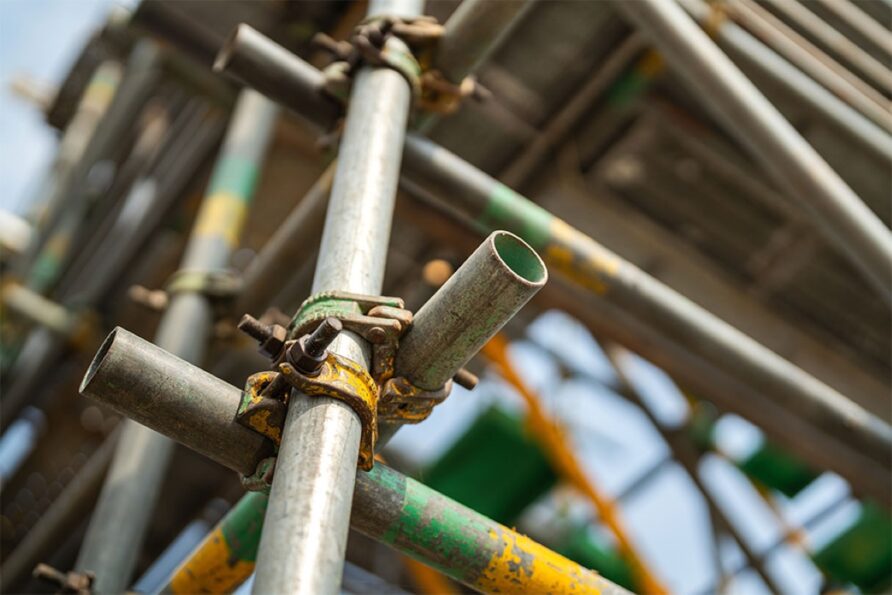
Standard 48.3 mm galvanised steel or aluminium tubes are available in various lengths, 6 Metre, 5 Metre, 4 Metre, 3 Metre, 2.5 Metre, 2 Metre, 1.5 Metre, and 1.0 Metre.
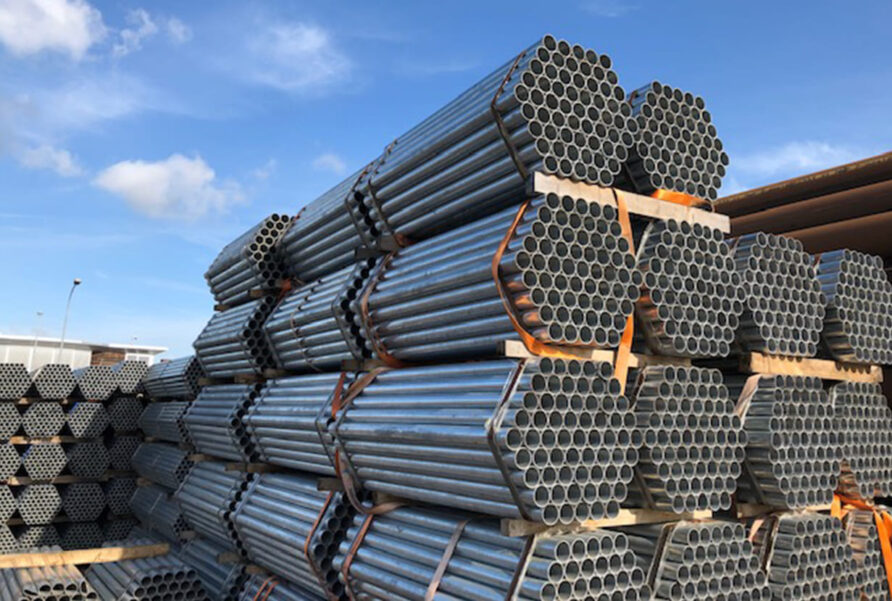
These can be joined in the vertical plane with pin or sleeve couplers, and fixed or swivel couplers for horizontal and angled connections.
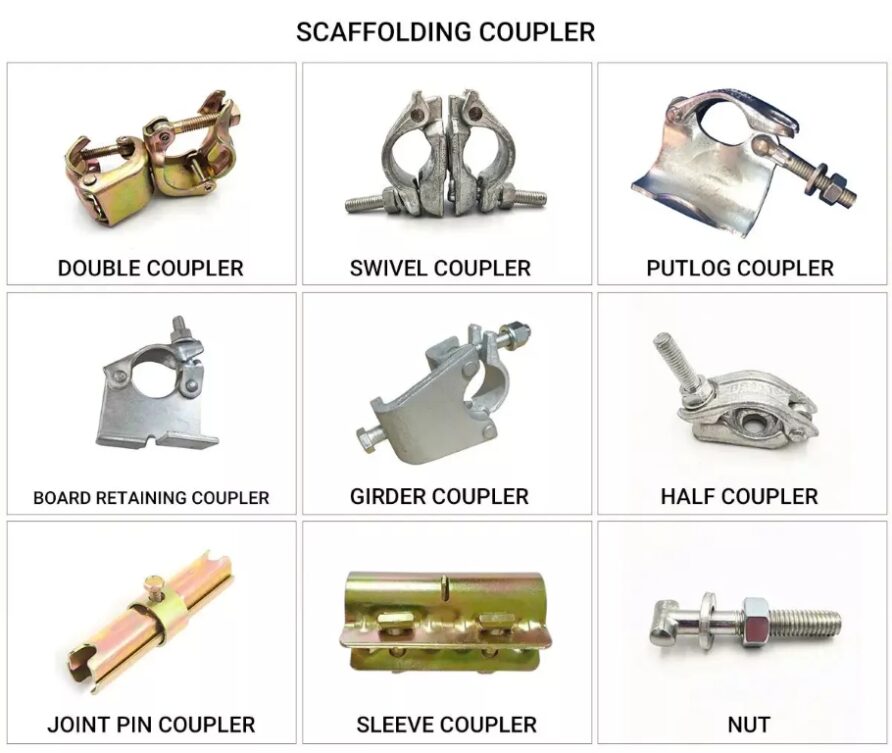
Tool free connectors are available.
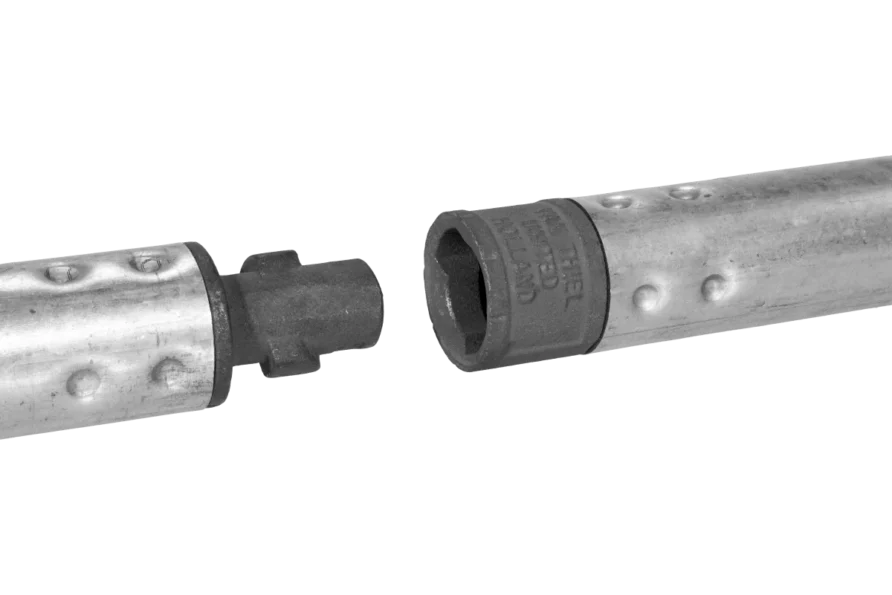
Decking and other accessories are available, and for longer spans, 450 mm scaffold beams, in ladder or warren truss configurations. Deeper and different truss configurations are also used for larger applications.
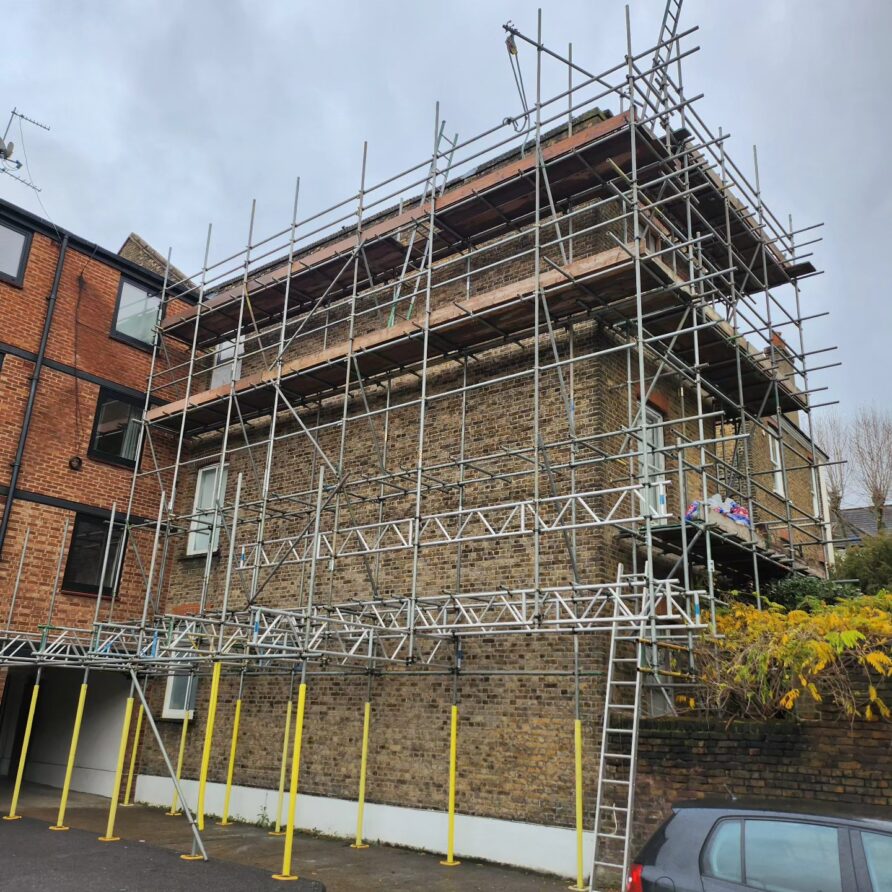
In addition to the ubiquitous scaffold board, aluminium ladder staging with pre-affixed phenolic plywood can be used.
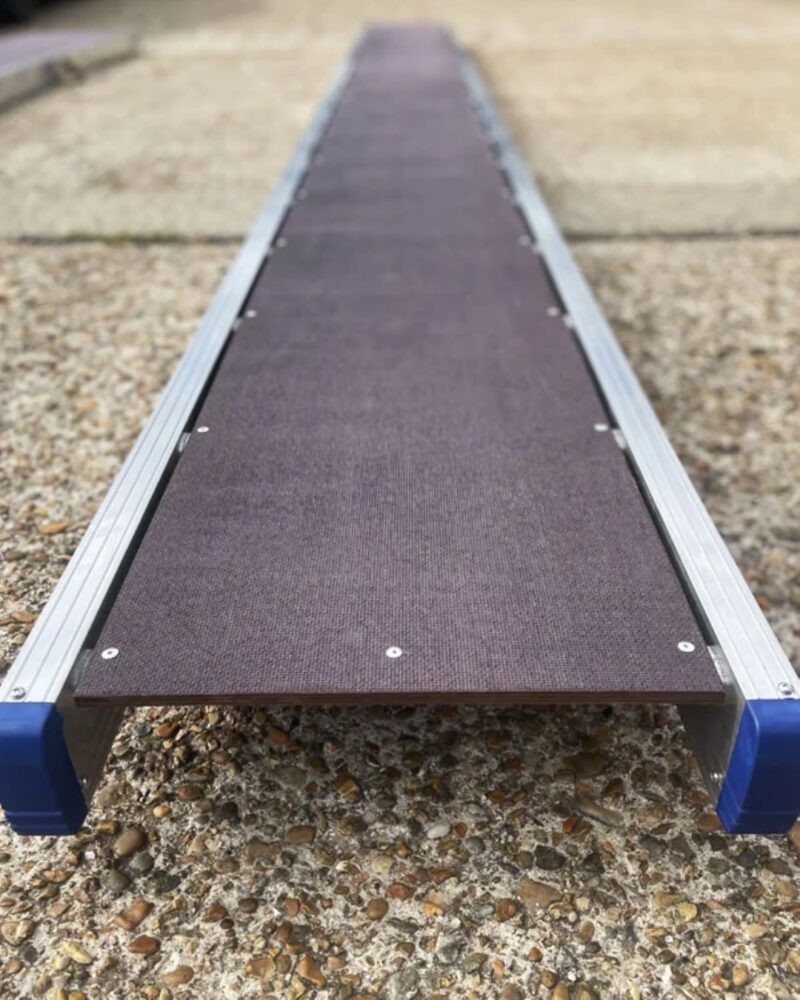
Its simplicity is elegant.
System Scaffolding — Cuplok
System scaffolding is an evolved form of the conventional tube and clamp systems, with coupling devices cast in or fixed to the poles. Most system scaffolding is generally quicker to install, although I am sure many experienced scaffolders would like to discuss that claim.
We already make use of the Lyndon/SGB Cuplok scaffold system, and have done for decades. Together with the DuAl beam system are both still in the SGB portfolio, now owned by Brand Safway
It was introduced (after trials as a bridge support) as a quick build tower for water storage.
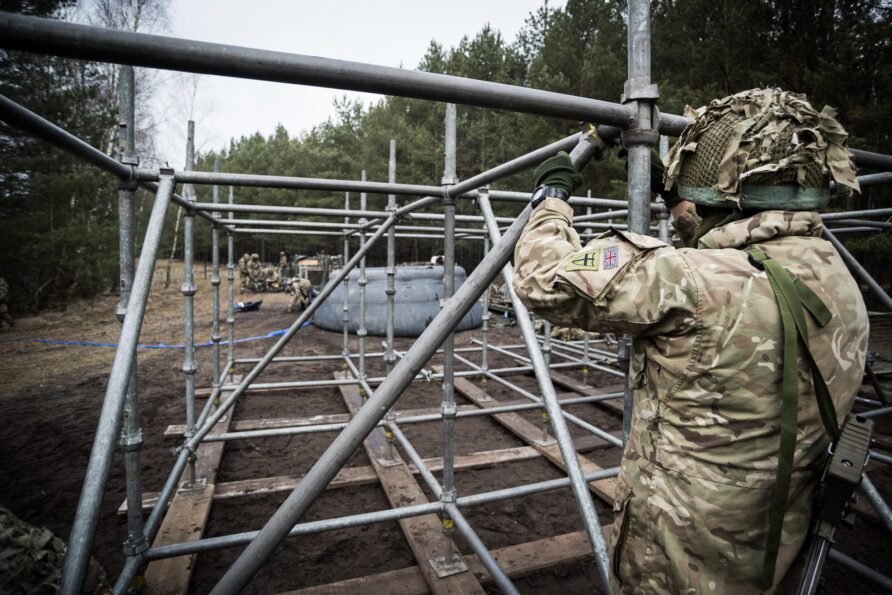
And was latterly adapted for use in Afghanistan as the Expeditionary Elevated Sangar.
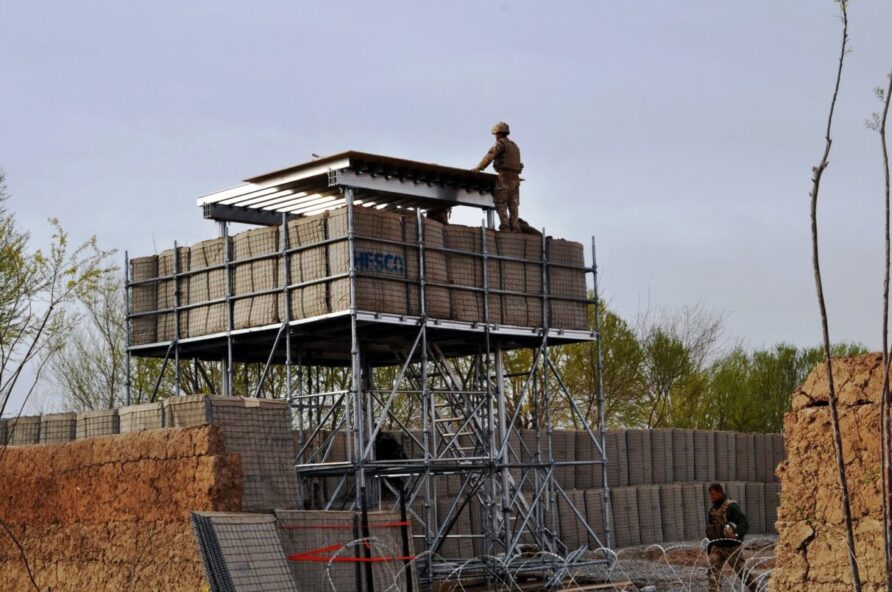
Cuplok uses galvanised components and the cup and blade interlocking system.
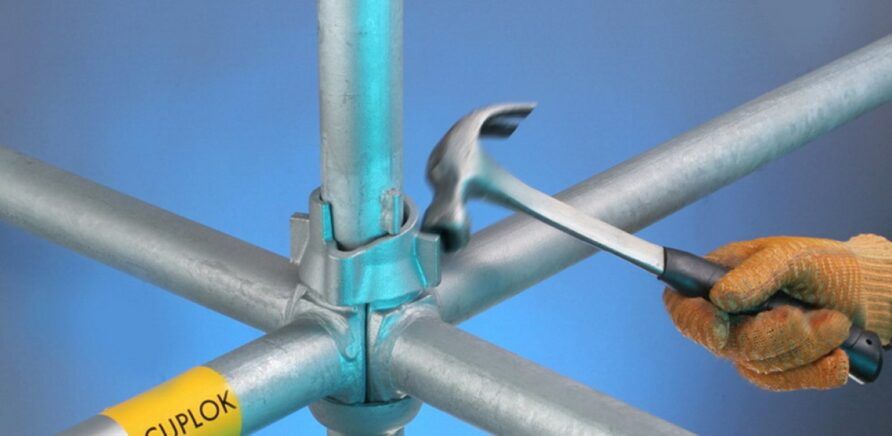
Verticals are available in 1m, 2m, and 3m lengths, with each slotting into each other.
Ledgers and transoms (horizontals) are available up to 3m long, with prefabricated decking components and other accessories available.
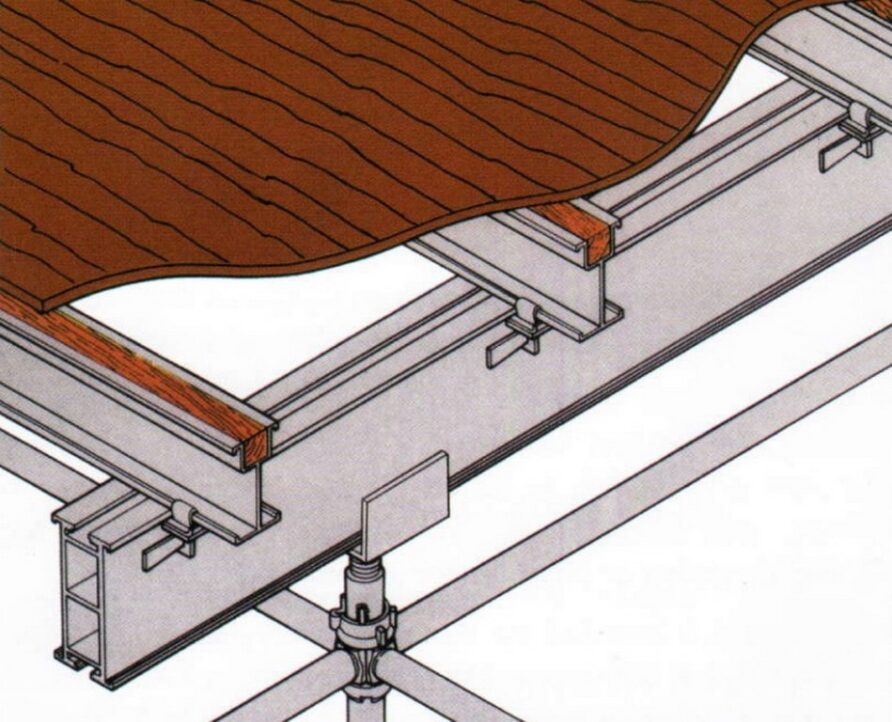
And other deck options such as those shown below
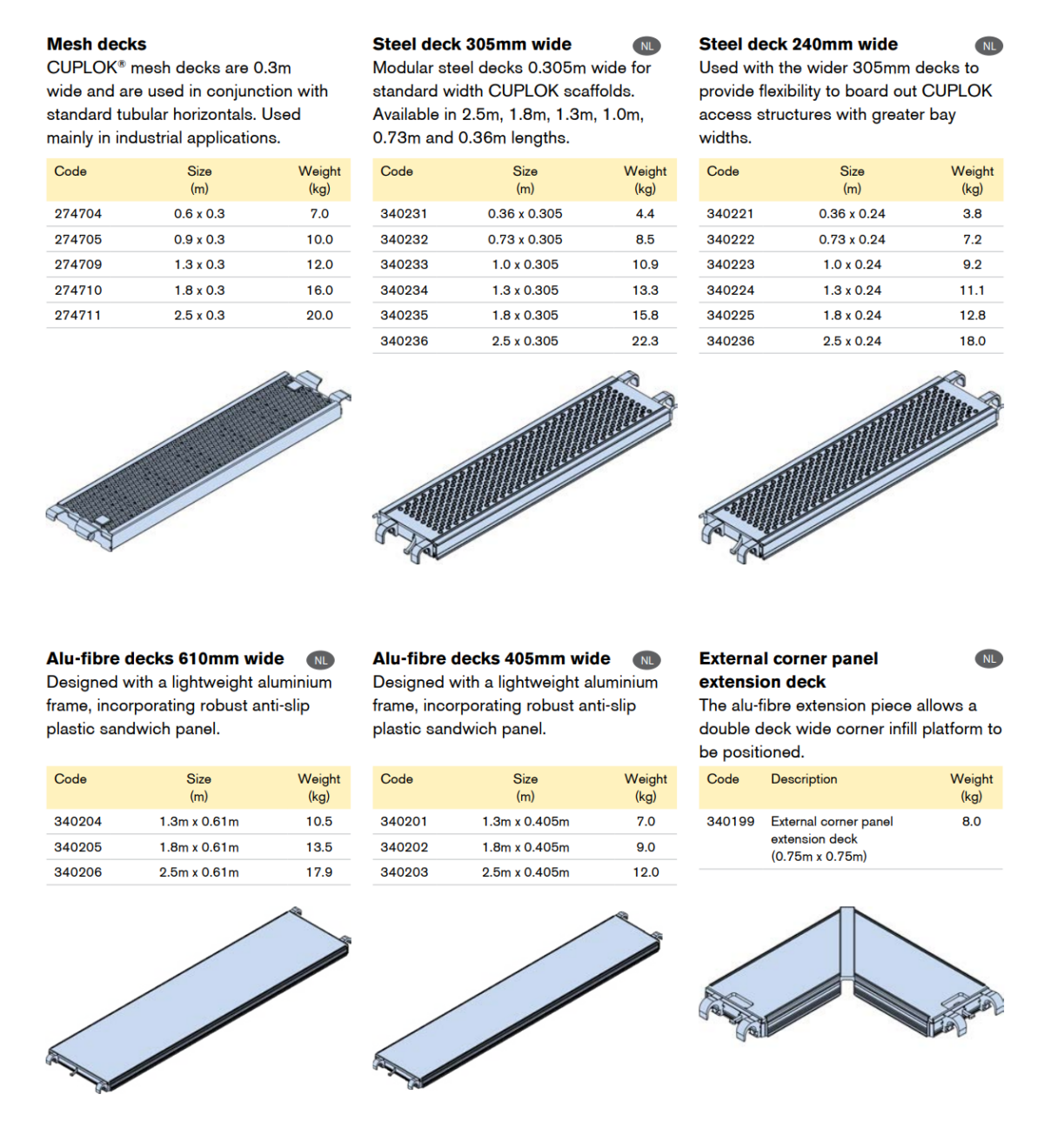
Cuplok is robust, easy to use, and perhaps more importantly, already in the supply chain.
Although, like all system scaffolding, a little less volumetrically efficient when transported.
System Scaffolding — Ringlock
Ringlock is similar in many ways to Cuplok, but instead of a cup and blade attachment mechanism, it uses a driven wedge and rosette to create secure fixings.
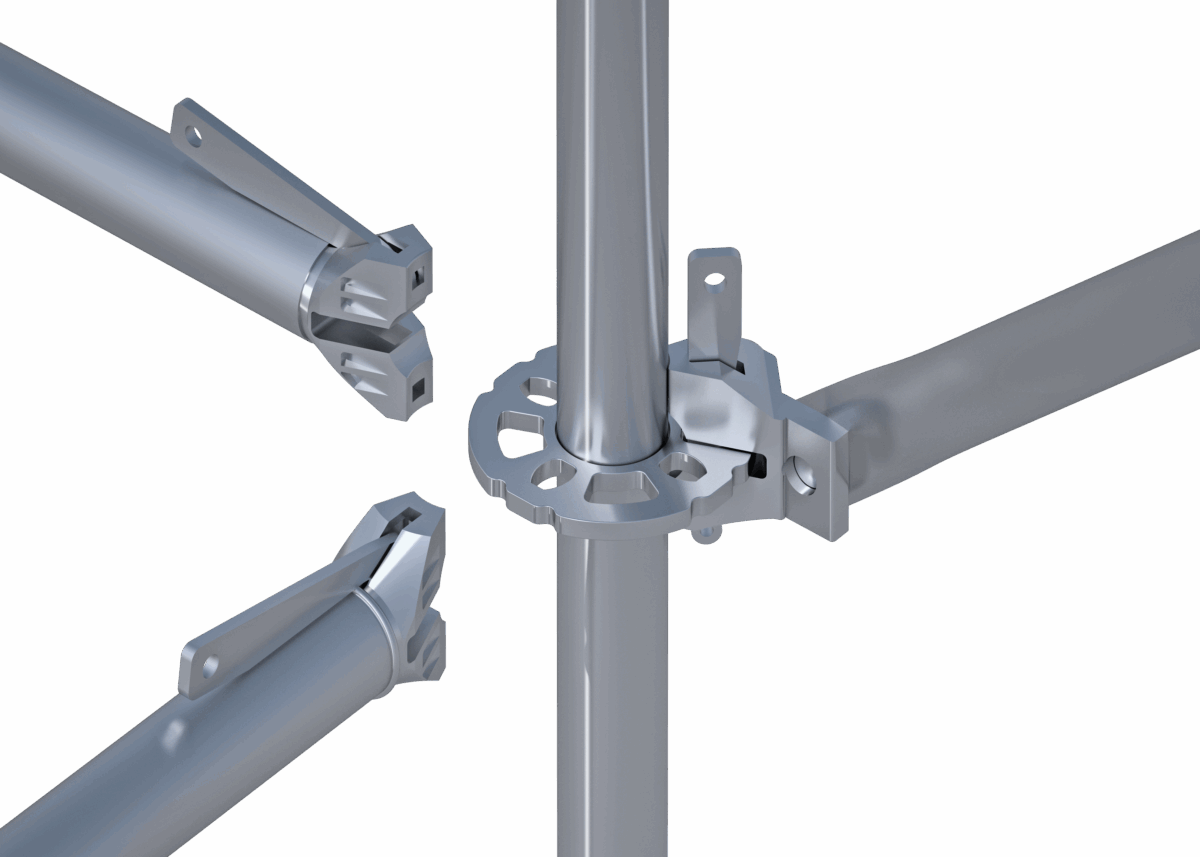
There are one or two variations on this, but the concept of operation is very similar.
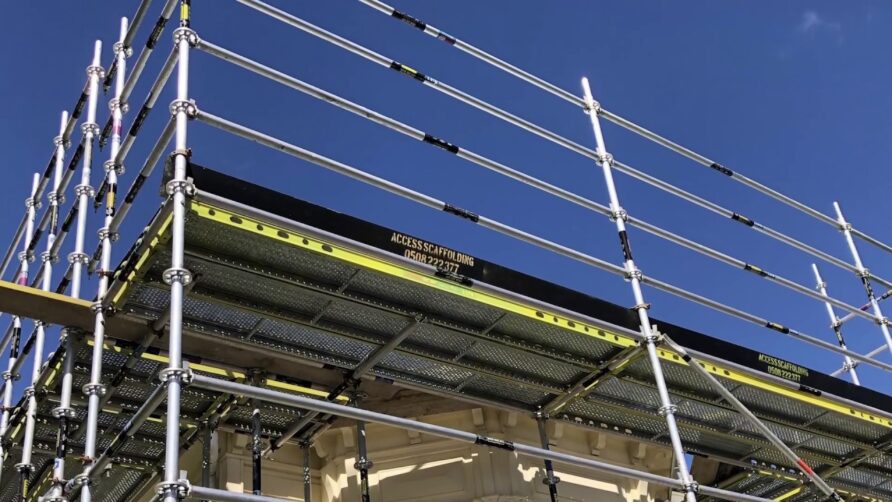
There are others, such as Haki and Kwik Stage, but they are pretty similar in general concept, modular components to improve speed and flexibility.
Kee Klamp
Round tube and connector systems, like Kee Klamp, are used for outdoor safety and guard rails, pedestrian barriers, gates, and ramps. Although they have been widely copied and similar products are available globally, Kee Systems is a UK success story with a long backstory.
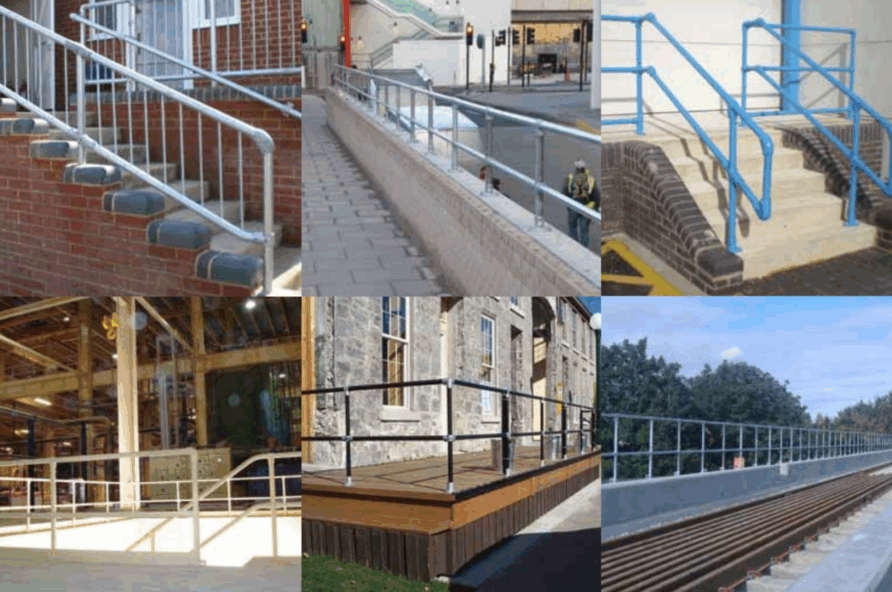
Tubes are available in galvanised steel, powder-coated steel or aluminium, and in seven size variations, from 17.5 mm to 60.3 mm.
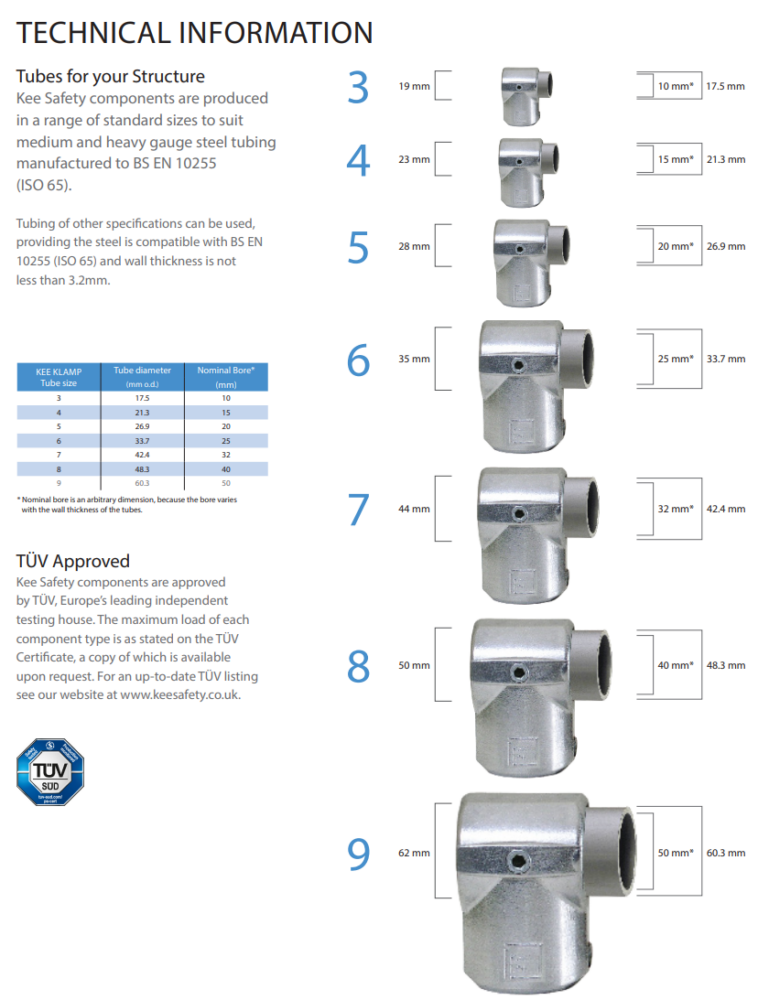
Tubes are connected using pre-formed connection elements that are secured using a hex set screw, each with an axial load of 900 kg when torqued correctly, a selection shown below.
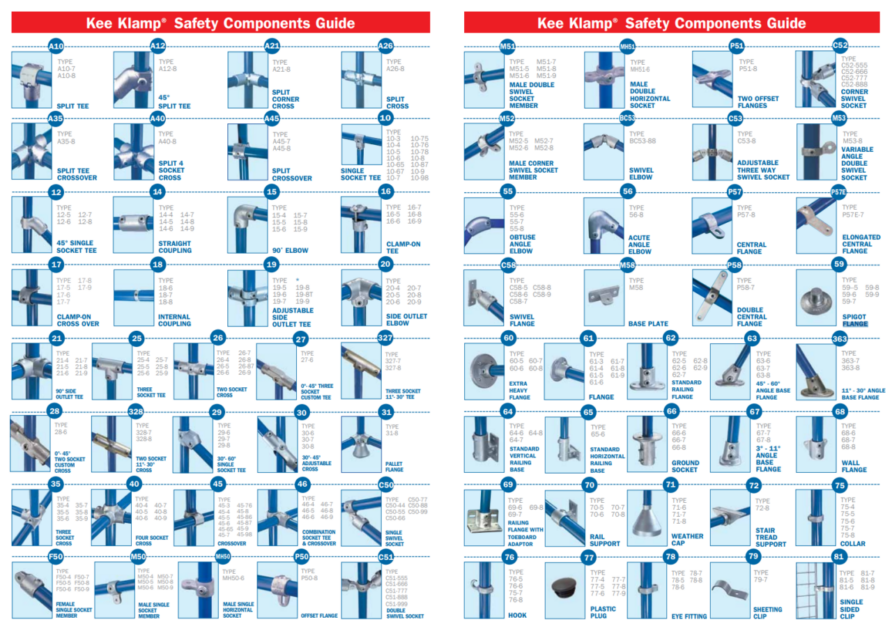
These systems are compatible with the standard 48.3 mm scaffold tube, so if we use this, we can retain the tubing for multiple uses. Different connectors can use various round tube materials and sizes, but 5 mm wall thickness 40 mm diameter aluminium tube is 1.5 kg/m and 3 mm wall thickness 38 mm diameter mild steel is 2.79 kg/m
GRP poles are available in the same diameters as those used with the Kee Klamp style fittings.
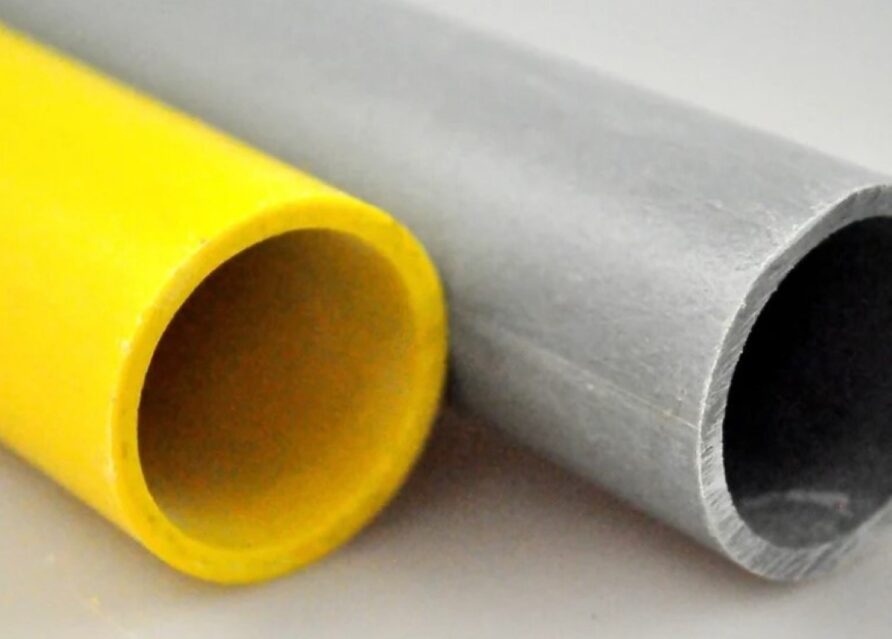
And can be used in many of the same applications, or where low metal content and low weight is a requirement.
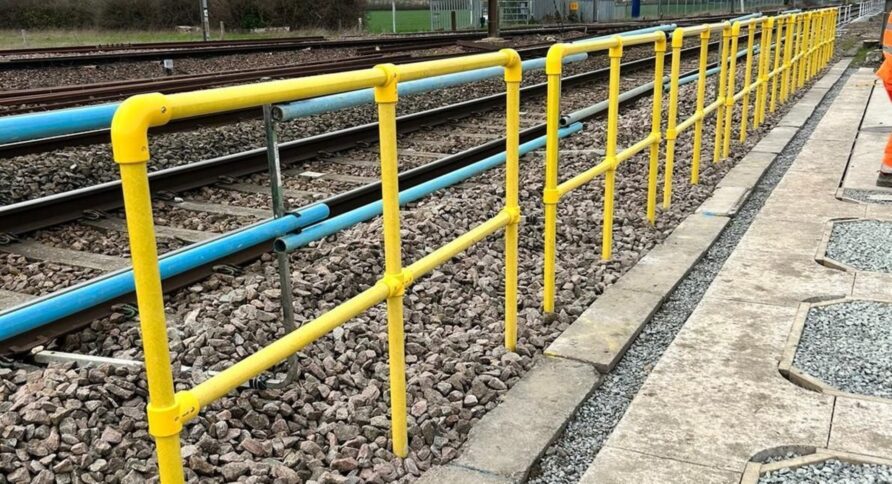
Standards
It should come as no surprise that that tube and clamp scaffold systems are covered by several national and international standards.
Click the image to read more

When specifying any of these, it is important to understand these standards.
Applications in Field Defence
In the context of this post, we are not about to do a roofing job.
The image below shows the British made Quick Block, with a roof structure made from round tube and connector systems.
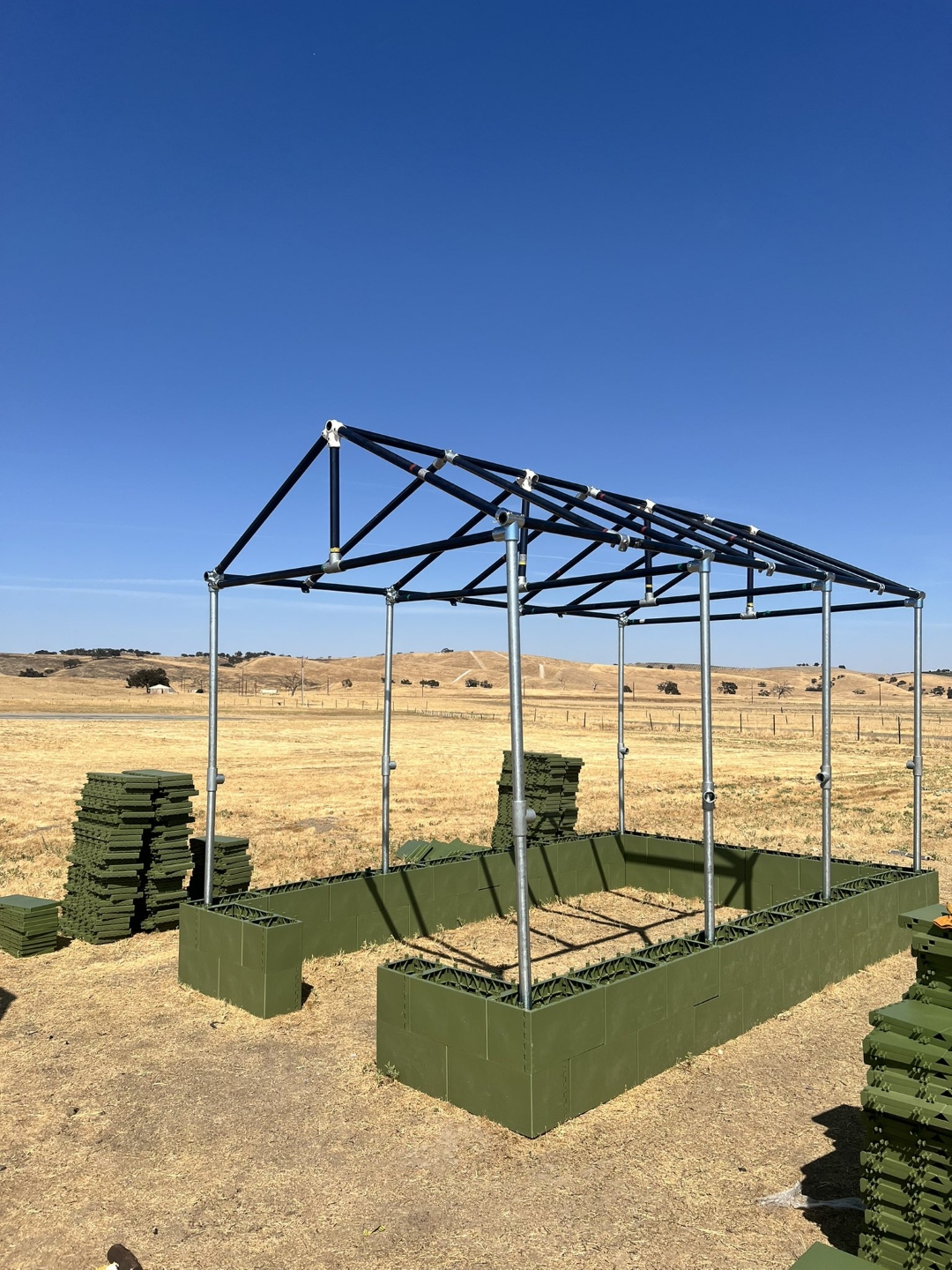
In other approaches, the same tubes and connectors could be used to create non-protected shelters.
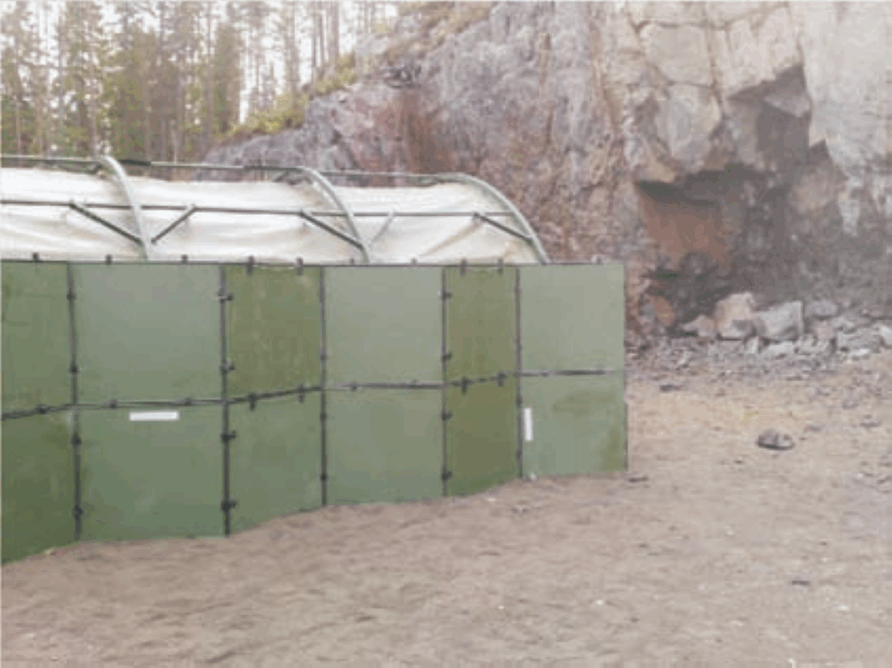
In the same manner of the FYC Fragment Protection System from Finland (image above), I am sure we could ask Exsel Group, NP Aerospace or Permali to create similar panels, using their extensive capabilities.
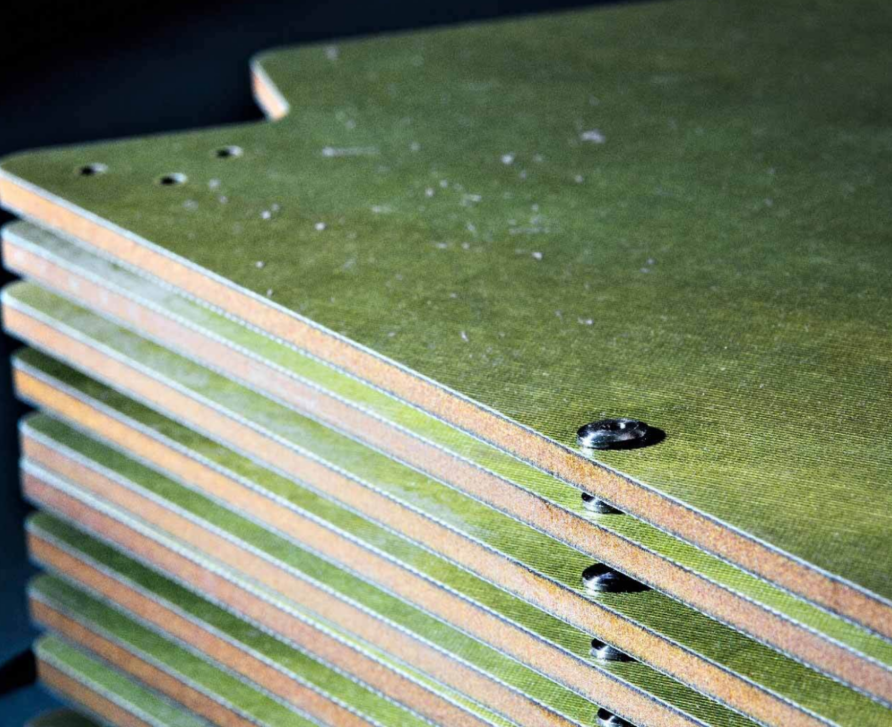
And fix them to any tube and clamp structure using standard fixings and attachments.
The same approach of panel over tube could also provide a quick deploy protection capability for mortar teams, artillery, and others.
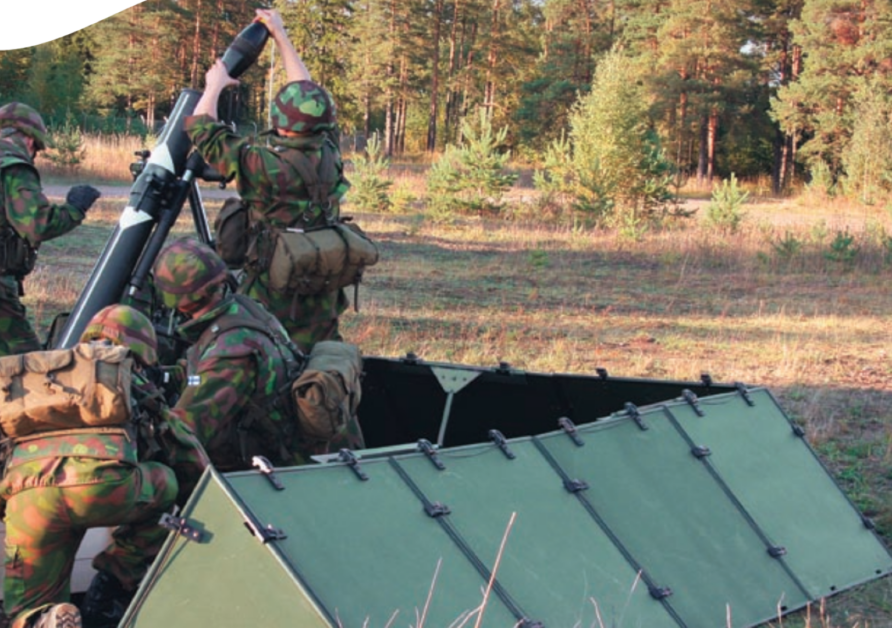
The same basic system, but partially buried.
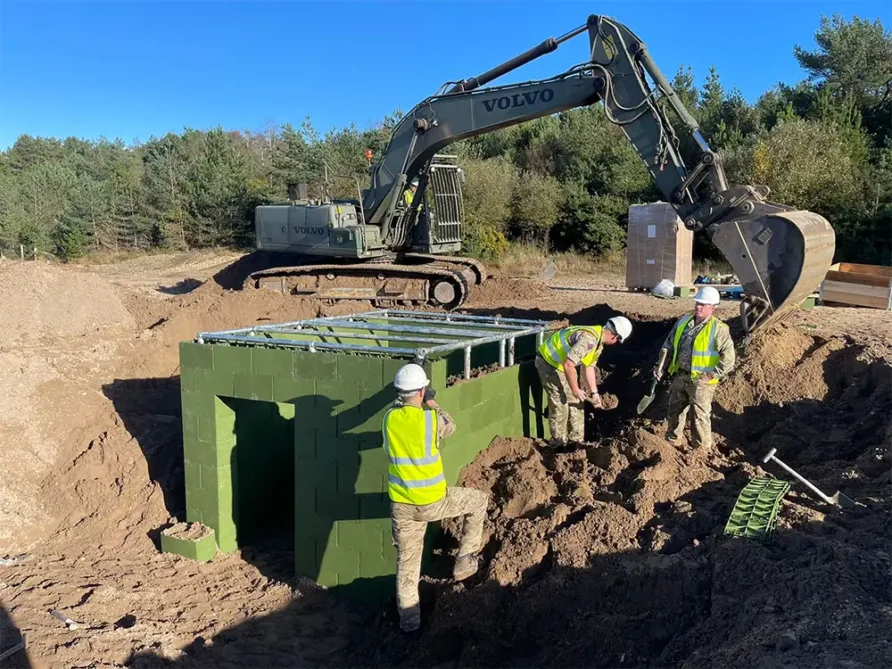
They would be of great value in creating a modern day MEXE shelter, able to scale and be flexible enough to accommodate different shapes with the same basic set of connectors.
Experimentation would be needed to determine the optimal design, especially to carry the expected loads, but these are incredibly strong systems, far superior to the old MEXE Shelter square tubes.
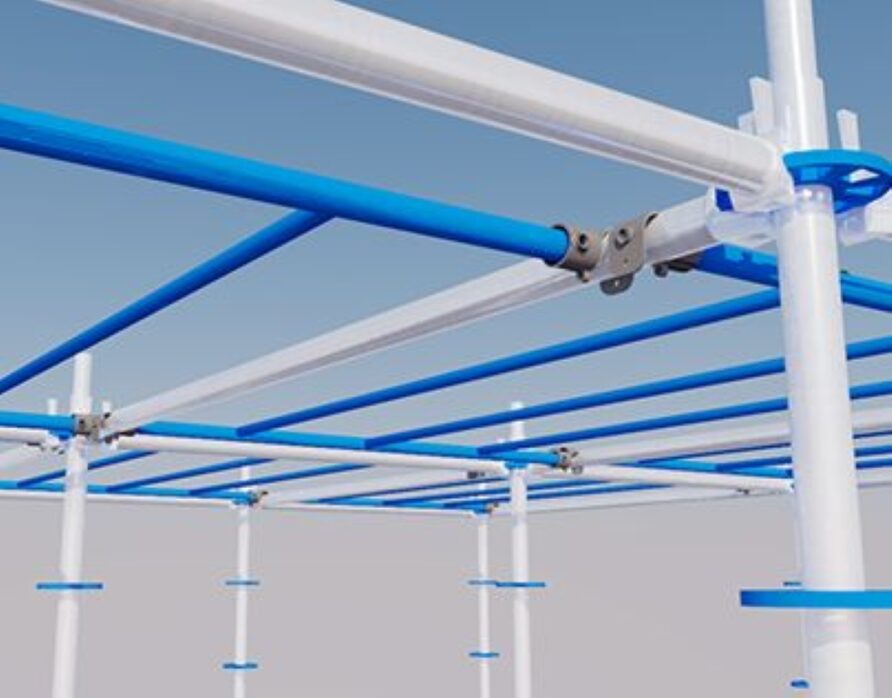
Although I think the Universal Battle Trench from B+SL is peerless, tube and clamp systems could also be used to create basic frame structures that were both self-supporting and able to employ either geotextiles or sheet material revetment.
GRP poles, if strong enough, would also reduce metal content.
Tube and clamp products seem almost tailor-made for creating counter UAS and FPV protection screens for vehicles and fixed positions.
Especially those with swivel fittings that would allow them to be quickly erected. Standard fittings would be used to attach any of the mesh and screen products described earlier in the series.
GRP poles, again, reduce thermal signature and metal content.
Perhaps of less utility, but scaffold tube could be used as a lightweight post barrier when driven deep enough into the ground, and as part of a wiring system.
In an urban context, they could be quickly built to provide a physical barrier grillage over a tunnel entrance or doorway.
Other Applications
With a stock of the basic components on hand, we could unleash soldier creativity.
An infantry handcart, a platform for a UGS, and even as a floating work platform or pontoon system.
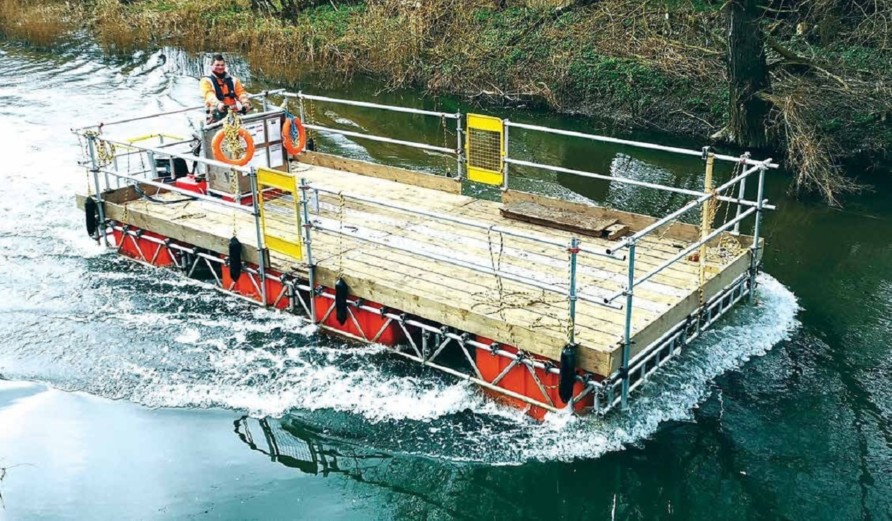
We could even use scaffolding systems as scaffolds.
Summary
The simple fact remains, whichever system you use, they all have the same basic principles.
Tubes of various sizes and materials are connected to make frame like structures, with accessories and fittings added to extend versatility.
These frames can be used across the full spectrum of field defences described in this series, although with more utility in some than others.
Moving beyond field defences, the same approach has broader utility.
Think Defence is a hobby, a serious hobby, but a hobby nonetheless.
I want to avoid charging for content, but hosting fees, software subscriptions and other services add up, so to help me keep the show on the road, I ask that you support the site in any way you can. It is hugely appreciated.
Advertising
You might see Google adverts depending on where you are on the site, please click one if it interests you. I know they can be annoying, but they are the one thing that returns the most.
Make a Donation
Donations can be made at a third-party site called Ko_fi.

Think Defence Merch
Everything from a Brimstone sticker to a Bailey Bridge duvet cover, pop over to the Think Defence Merchandise Store at Red Bubble.
Some might be marked as ‘mature content’ because it is a firearm!
Affiliate Links
Amazon and the occasional product link might appear in the content, you know the drill, I get a small cut if you go on to make a purchase
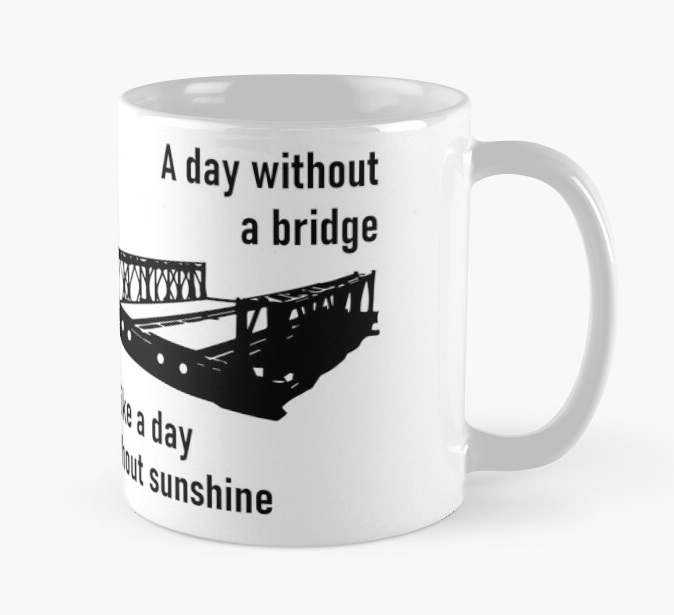
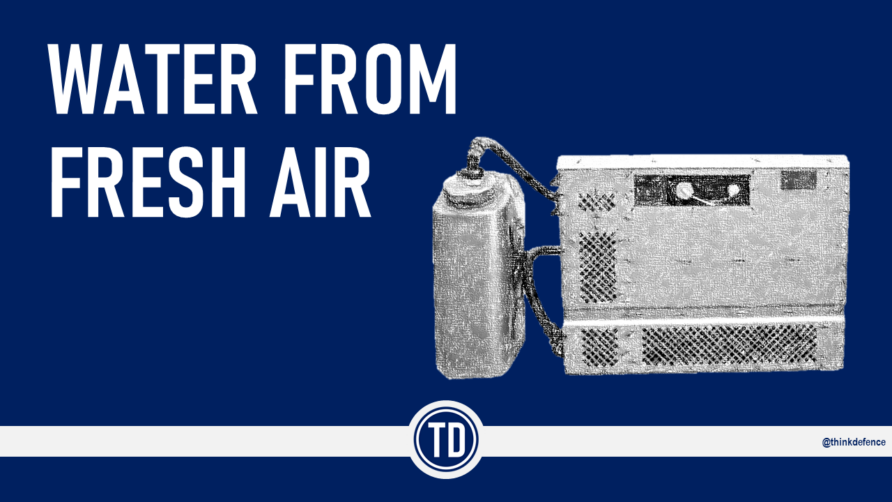
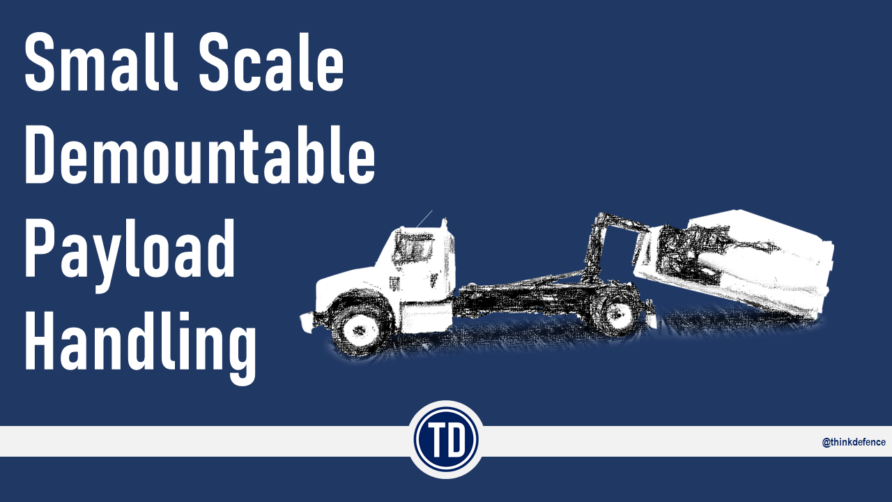
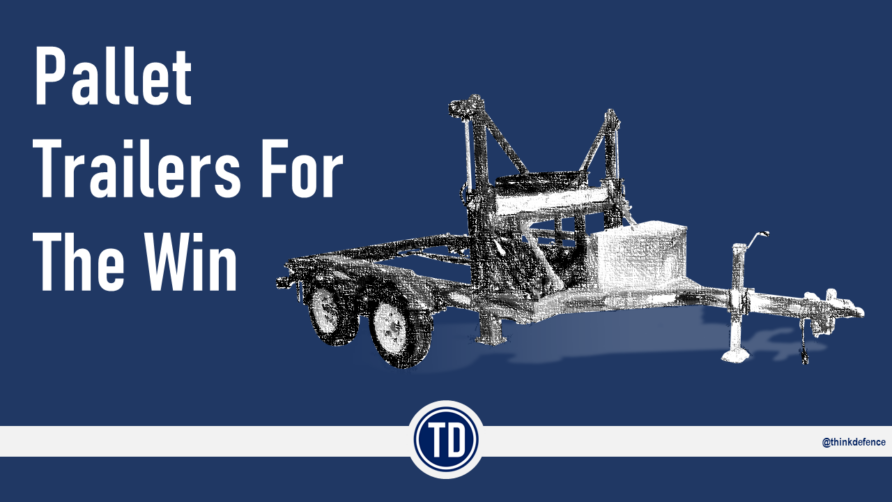
Hi
Tube and fitting scaffolds are a British thing, not even covered by the European scaffold code so there is a separate design code for scaffolding TG20:21¹ in the spirit of the European code.
I can remember timber standards in use in W Germany as recently as 1984 with plastic zip ties in place of lashings. They went from timber to proprietary without the tube and fitting stage.
So local purchase abroad probably not possible.
¹ https://nasc.org.uk/information/tg2021/#:~:text=Critical%20Guidance-,TG20%3A21,and%20widely%2Dadopted%20eGuide%20software.